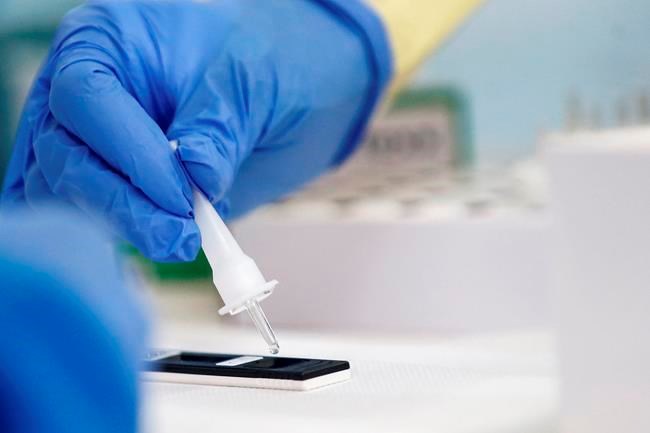Re: “Province pans calls for rapid testing of staff at care homes,” Nov. 24.
Provincial health authorities have done an admirable job dealing with the worst public health threat in our lifetime. Seniors are at highest risk of contracting and dying from COVID-19.
Living in congregate settings amplifies transmission from person to person. Locking down congregate care during the initial phase of the pandemic was effective and likely saved many lives.
However, it came with a tremendous cost to the mental and physical health of seniors, as well as causing anguish for their loved ones. I saw the negative impact firsthand, as a physician who exclusively cares for frail elderly people in their homes and continues to see them in congregate settings.
There was significant deterioration in objective measures of depression/anxiety, cognition, stamina, balance and quality of life. For some people these changes may be irreversible.
All these factors were directly exacerbated by social isolation and loss of freer mobility. We are getting more requests for medical care from families who are so concerned about the status quo that they have taken their frail parents out of residential care.
The good news is that there is no need to continue this intolerable situation. There are rapid tests available that can determine if someone is positive or negative for COVID-19 in 10 minutes.
This could enhance the safety net in these setting, by preventing front-line staff and visitors who test positive from entering facilities.
As importantly, rapid testing would safely solve the problem of isolation, by allowing family who regularly test negative to frequently visit. Current screening programs, which involve taking temperatures and filling out questionnaires, do not exclude asymptomatic people, who may be responsible for up to 40 per cent of cases.
Rapid COVID-19 testing would identify most of the people who are both asymptomatic and infectious, as well as infected people who are unaware of minor symptoms. This would not be redundant but add a further layer of armour in these settings.
The $5 cost of the tests is negligible, even if used daily and applied across the population to staff and visitors. If there was a shortage of tests, people could be screened at regular intervals during the week, picking up asymptomatic lower risk individuals while they are incubating the disease.
Most visitors would be happy to spend $5 or more to visit loved ones if cost were an issue for health authorities.
I believe that the recent statements by the health authorities that rapid testing is ineffective and redundant is misleading and inaccurate.
If so, why would health authorities be rolling out rapid tests for physicians’ offices? My training in public health and geriatrics taught me that no medical test is 100 per cent accurate. All tests have a known rate of false positive and false negative results.
A false negative result can lead to someone getting into a care facility and spreading COVID. The established false negative rate of rapid tests is very low, and people initially missed will likely be identified when retested during their next shift or visit.
A false positive result may lead to someone being excluded from visiting or working with seniors and quarantined at home for a few days until it is confirmed with a PCR test.
In regions with low levels of COVID-19 community transmission, there might be larger proportions of false results for the few people who test positive. However, this does not mean that testing is not useful or redundant.
Despite these limitations, the deployment of these tests will likely detect most asymptomatic cases, prevent transmission to staff and residents, reduce the frequency of catastrophic outbreaks and alleviate the detrimental physical and mental health impacts of social isolation.
While lockdowns doubtlessly saved people early in the pandemic, we now have the technology to screen out infected people.
We no longer need a blunt devastating sledgehammer to “protect” older people. Waiting for a vaccine in six to 12 months will not help people with reduced life expectancy in the interim.
Resistance by health authorities to implementing systematic rapid testing is reminiscent of the long time it took to acknowledge that face masks reduce transmission, hospitalizations and deaths.
Relying solely on draconian lockdown measures may reduce transmission, but borders on negligence when asymptomatic transmitters can slip through.
It also verges on outright cruelty for elderly people who are isolated from loved ones.
I sincerely hope that the provincial health authorities will reconsider this decision and act in the best interests of seniors, their families and front-line workers in congregate settings.
Ted Rosenberg MD MSc. FRCP(C) is a clinical assistant professor at University of B.C., and Royal College specialist in public health/community medicine with a diploma in care of the elderly. He lives in Victoria.



